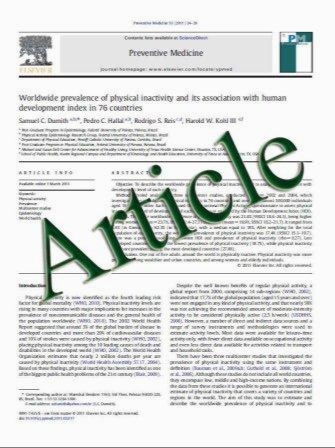The rate of hip osteoarthritis in patients with proximal femoral fractures versus hip contusion
- نوع فایل : کتاب
- زبان : انگلیسی
- مؤلف : B. Robstad & F. Frihagen & L. Nordsletten
- چاپ و سال / کشور: 2011
Description
Summary We found no difference in the rate of radiological hip osteoarthritis in the injured hip when comparing 349 patients with proximal femoral fractures and 112 patients with hip contusion. There was, however, a tendency for more osteoarthritis in patients with trochanteric fractures than in patients with femoral neck fractures. Introduction Osteoarthritis (OA) and osteoporotic fractures are two age-related disorders associated with considerable morbidity. There is a clinical impression of an inverse relation between osteoarthritis and osteoporosis, and a protective effect of OA against osteoporotic fractures has been proposed. Methods We performed a case–control study in 461 subjects. Cases (n=349) were patients aged 50 years or above who sustained a proximal femoral fracture from November 2003 to October 2004, registered prospectively in the department’s fracture register. Controls (n=112) were patients aged 50 years or above with the diagnosis of hip contusion, recruited from the hospital’s discharge register. Radiographic OA was scored according to Kellgren and Lawrence (K&L), and minimal joint space (MJS) was measured in both hips when possible. A K&L grade II or higher or an MJS less than 2.5 mm was defined as OA. Results Both in the hip fracture group and in the contusion group mean, the MJS was 3.5mmon the injured side (p=0.79). In the fracture group, 31/250 (12%) had MJS <2.5 mm and 16/112 (14%) in the contusion group (p=0.18). In the fracture group, 40/250 (16%) had a K&L OA grade II or higher, and in the contusion group 20/112 (18%) persons had a K&L OA grade II or higher (p=0.66). There was a tendency for a higher incidence of OA in patients with trochanteric fractures compared with patients with cervical fractures. Conclusions We found no differences on the injured side in the rate of hip OA between hip fracture patients and hip contusion patients.
Osteoporos Int DOI 10.1007/s00198-011-1628-8 Received: 18 May 2010 / Accepted: 1 March 2011


